Rare gemstones hold a special allure, not just for their beauty but for their scarcity. Found only in specific regions around the world, these stones are prized by collectors and jewelers alike. The combination of unique geological conditions and limited supply makes each of these gems both valuable and captivating. In this article, we’ll explore some of the rarest gemstones on Earth, where they come from, and why they are so sought after.
Musgravite
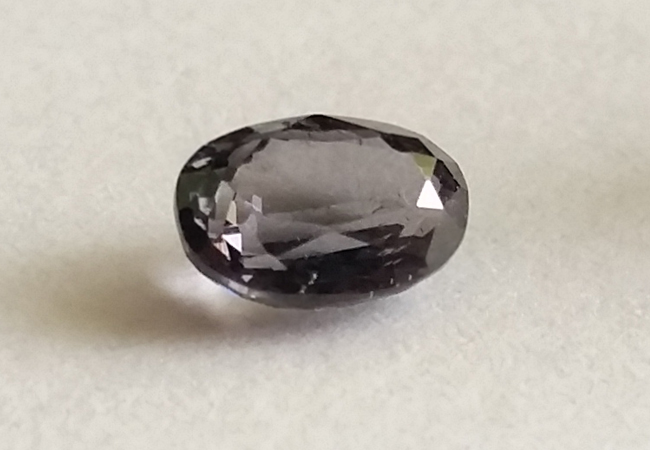
Musgravite, discovered in the Musgrave Ranges of Australia in 1967, is one of the rarest gemstones in the world. This remarkable stone, part of the taaffeite family, is known for its captivating hues that range from grayish-purple to deep violet. Its rarity comes from the fact that only a few stones have been found globally, with most of the high-quality ones sourced from Sri Lanka. With extreme rarity, its value can range from $35,000 to $100,000 per carat, depending on the color and clarity. It has also been spotted in Greenland and Madagascar, but these occurrences are limited, making this gem even more exclusive.
Painite
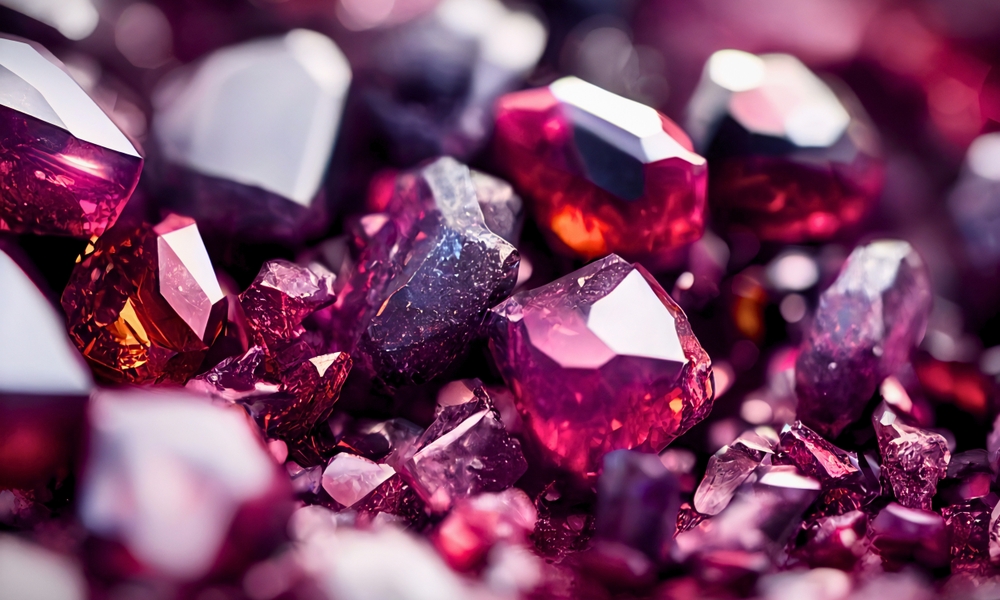
First identified in Myanmar (Burma) in the 1950s, painite was initially known as the rarest gemstone on Earth. Its deep reddish-brown color and unique crystal structure add to its allure. For many years, only two painite specimens were known to exist, making it incredibly elusive. New discoveries in Myanmar have slightly increased its availability, but it remains extremely rare and valuable. High-quality painite can fetch prices up to $60,000 per carat. In addition to Myanmar, traces of painite have been reported in Sri Lanka, though these finds are very minimal.
Grandidierite
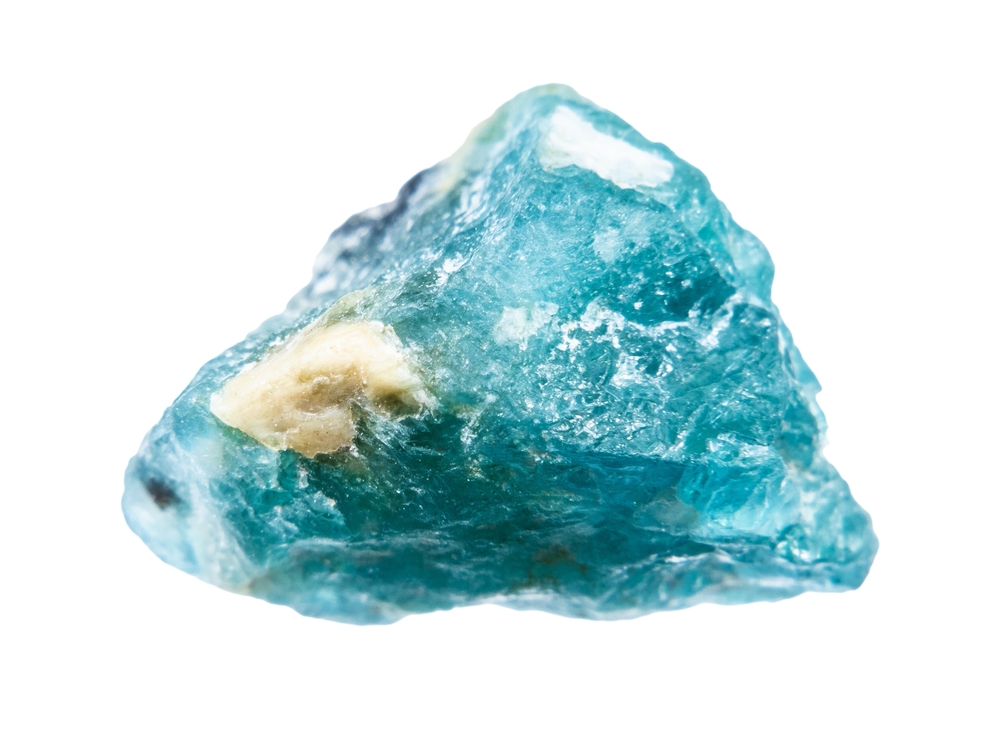
Grandidierite, first discovered in Madagascar in 1902, is an extremely rare gemstone with a beautiful blue-green hue. Its name honors French explorer Alfred Grandidier, who studied Madagascar’s natural history. This mineral is rare because of the specific conditions required for its formation, found almost exclusively in Madagascar. Depending on quality, it can command prices ranging from $5,000 to $20,000 per carat. Its pleochroic nature—changing colors when viewed from different angles—adds to its desirability. Only a few transparent, gem-quality pieces have been discovered, making this stone highly sought after by collectors.
Jeremejevite
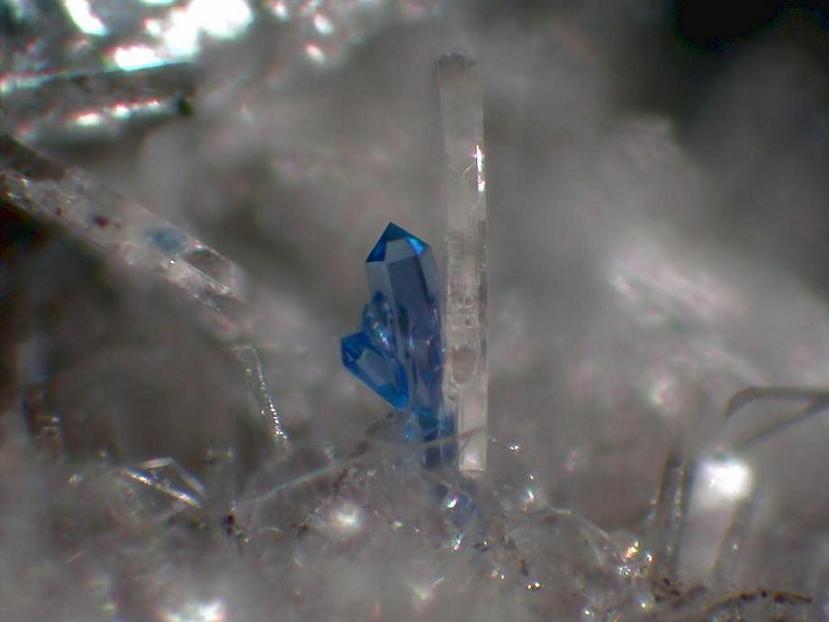
Jeremejevite, a strikingly rare gemstone, was first discovered in Siberia in the late 19th century. Known for its vibrant shades of blue, this gem is incredibly scarce, especially in facetable quality. Most high-quality jeremejevite comes from Namibia, with a few specimens also found in Myanmar and Madagascar. It is prized for its vitreous luster and exceptional transparency, making it highly desirable among gemstone collectors. Its price can range from $2,000 to $3,000 per carat, depending on size and clarity.
Poudretteite
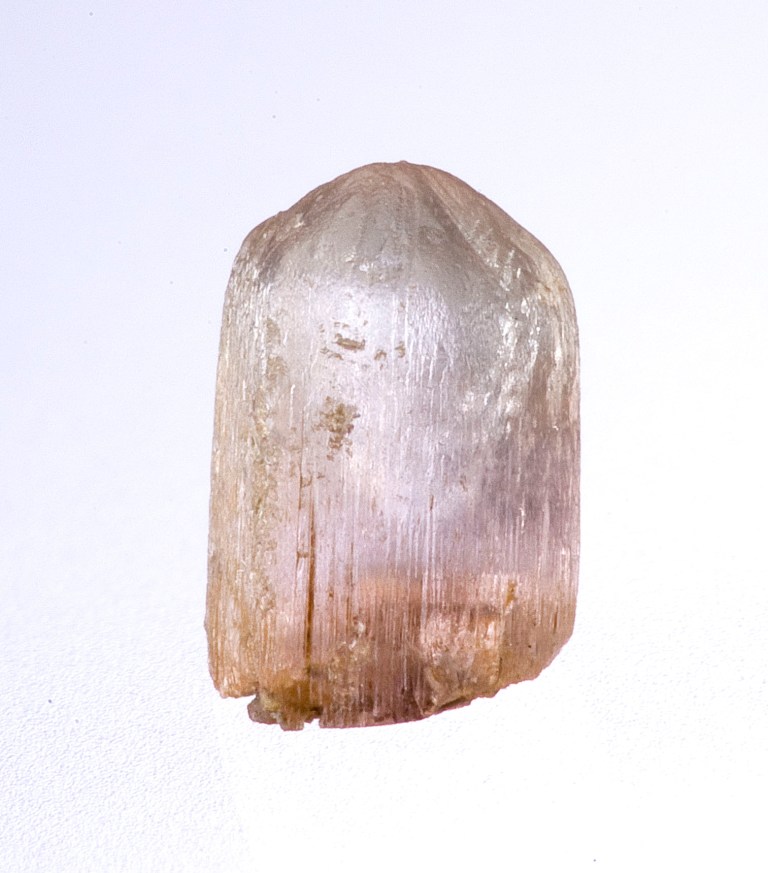
Poudretteite was first discovered in the Poudrette quarry in Quebec, Canada, in the 1960s, but it wasn’t recognized as a new mineral until the 1980s. This pink to purple gemstone is extremely rare, with gem-quality specimens only recently being found in Myanmar. Its delicate color and strong pleochroism make it highly sought after by gem collectors. Prices for this gem can range between $3,000 and $10,000 per carat, depending on the stone’s quality and size.
Benitoite
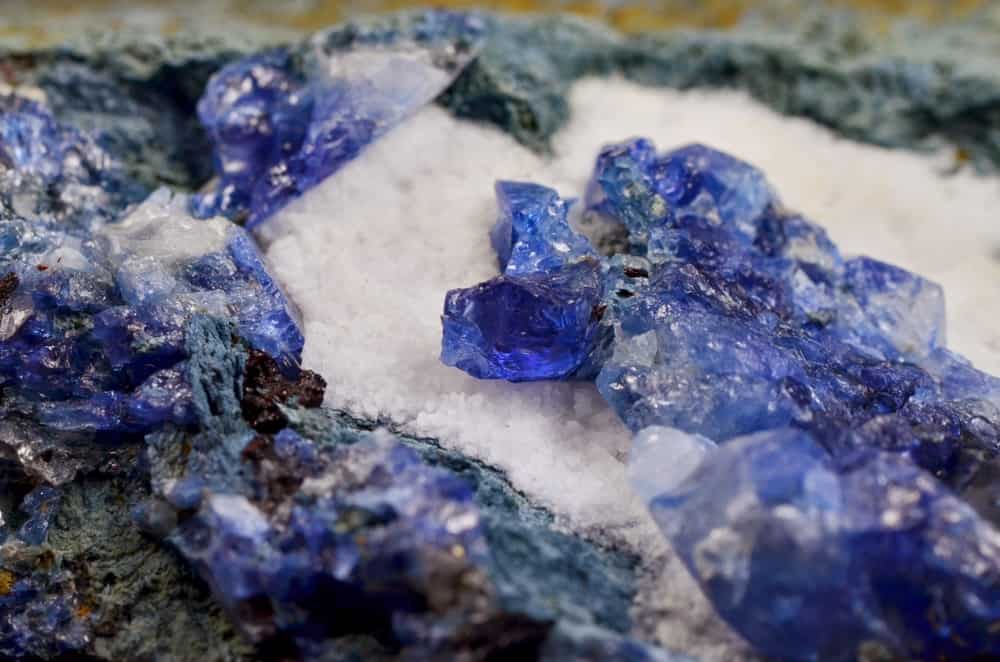
Benitoite is an extraordinary gemstone found almost exclusively in California’s San Benito County, USA. Known for its intense blue color, it is also the official state gem of California. Its rarity stems from the fact that it only forms under very specific geological conditions, primarily within the serpentinite rocks of the San Benito area. High-quality benitoite can command prices up to $4,000 per carat, especially for larger, facetable specimens. This gem’s bright fluorescence under UV light also adds another layer of intrigue to this already rare gem. Its scarcity is compounded by the fact that the San Benito deposit is nearly depleted, with no other significant sources discovered worldwide.
Black Opal
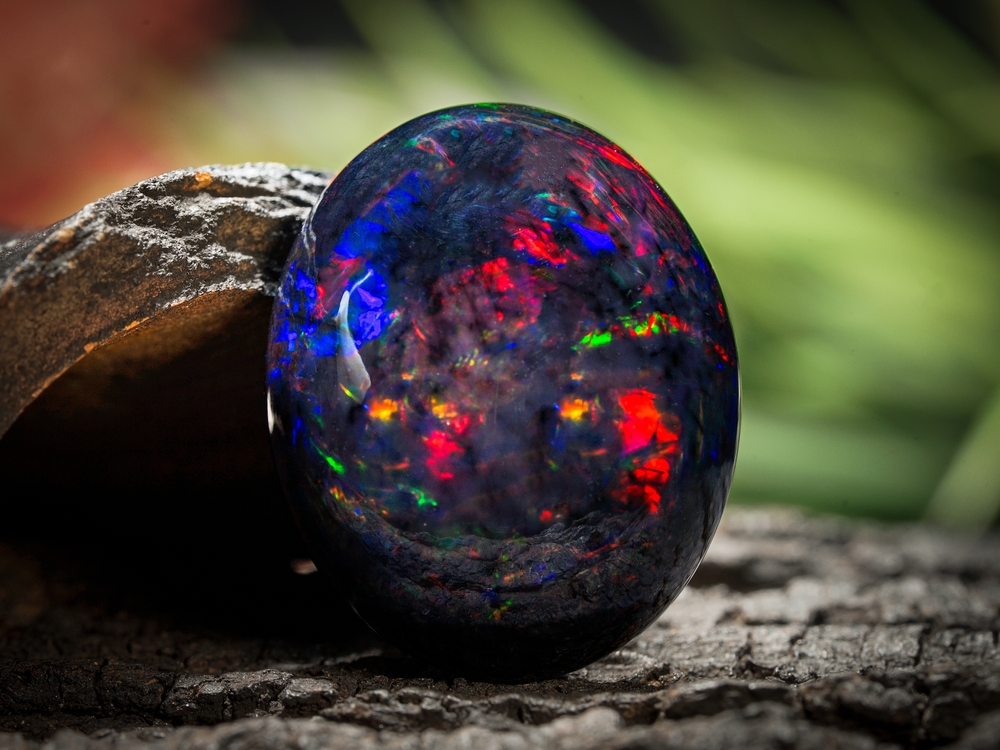
Black opals, primarily found in Lightning Ridge, Australia, are some of the rarest and most beautiful gemstones in the world. Their rarity comes from the specific conditions required to form them, including the unique geological composition of the region. Its dark body tone makes its play of color more vibrant, ranging from brilliant blues to fiery reds. Prices for high-quality black opal can exceed $10,000 per carat, depending on the intensity and range of its color play. Although they have been found in other parts of the world, such as Ethiopia and Nevada, none match the quality of those from Lightning Ridge.
Alexandrite
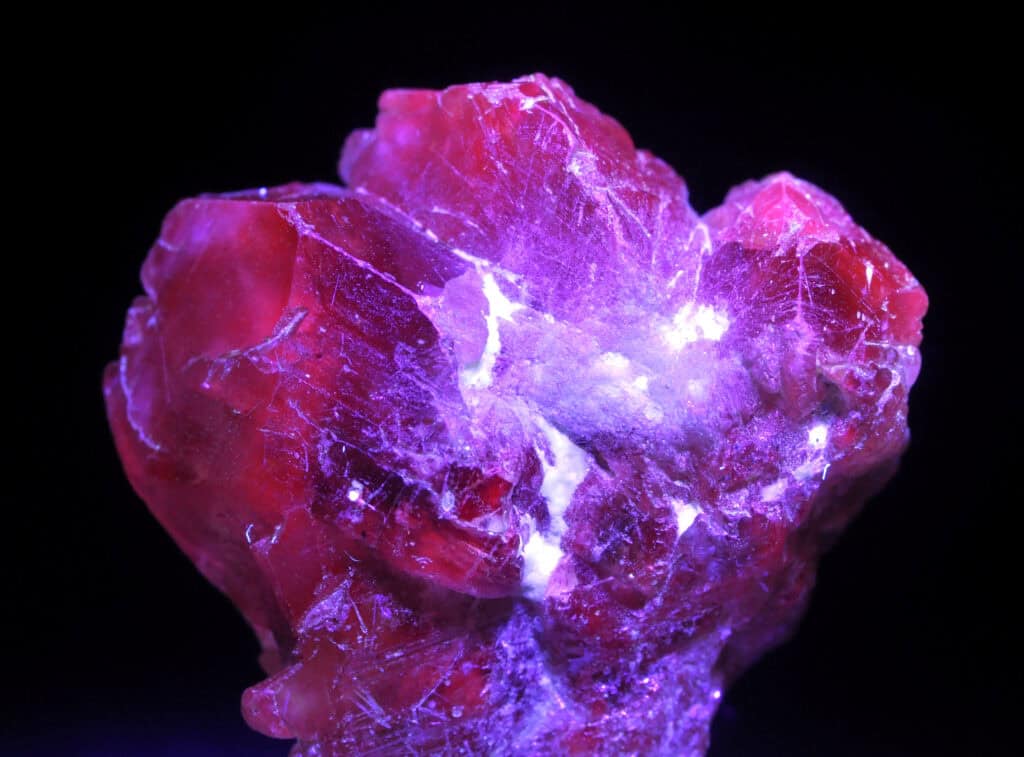
Alexandrite is a highly prized and rare gemstone known for its remarkable ability to change color, from green in daylight to red under incandescent light. Discovered in Russia’s Ural Mountains in the 1830s, it is one of the rarest color-changing gemstones available. High-quality alexandrite can fetch prices upwards of $15,000 per carat, particularly those that exhibit a strong color change. Although deposits have been found in Sri Lanka, Brazil, and East Africa, the Russian material remains the most prized for its vivid color shifts. Its rarity stems from the specific geological conditions required for its formation, which involve the rare combination of beryllium, chromium, and aluminum.
Red Beryl
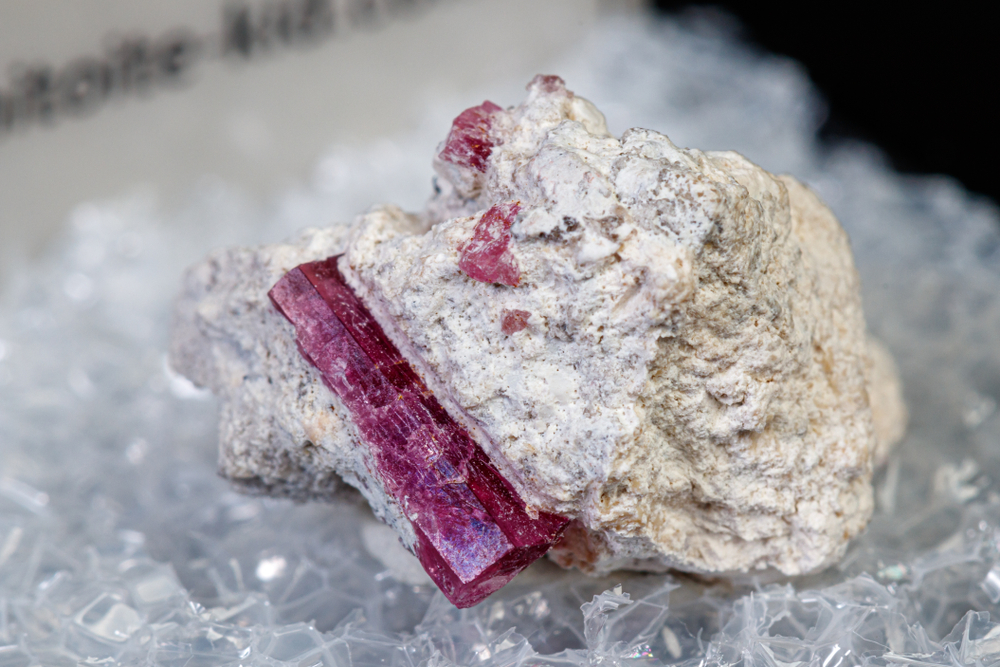
Red beryl, also known as bixbite, is one of the rarest gemstones in the world, found only in Utah’s Wah Wah Mountains. Its deep red color, caused by trace amounts of manganese, sets it apart from other beryls such as emerald or aquamarine. Its rarity is due to the very specific conditions required for its formation, and its supply is extremely limited. Prices for red beryl can range from $10,000 to $30,000 per carat, depending on the size and clarity of the stone. Unlike other gemstones, it is almost never found in large, facetable crystals, further contributing to its rarity.
Jadeite
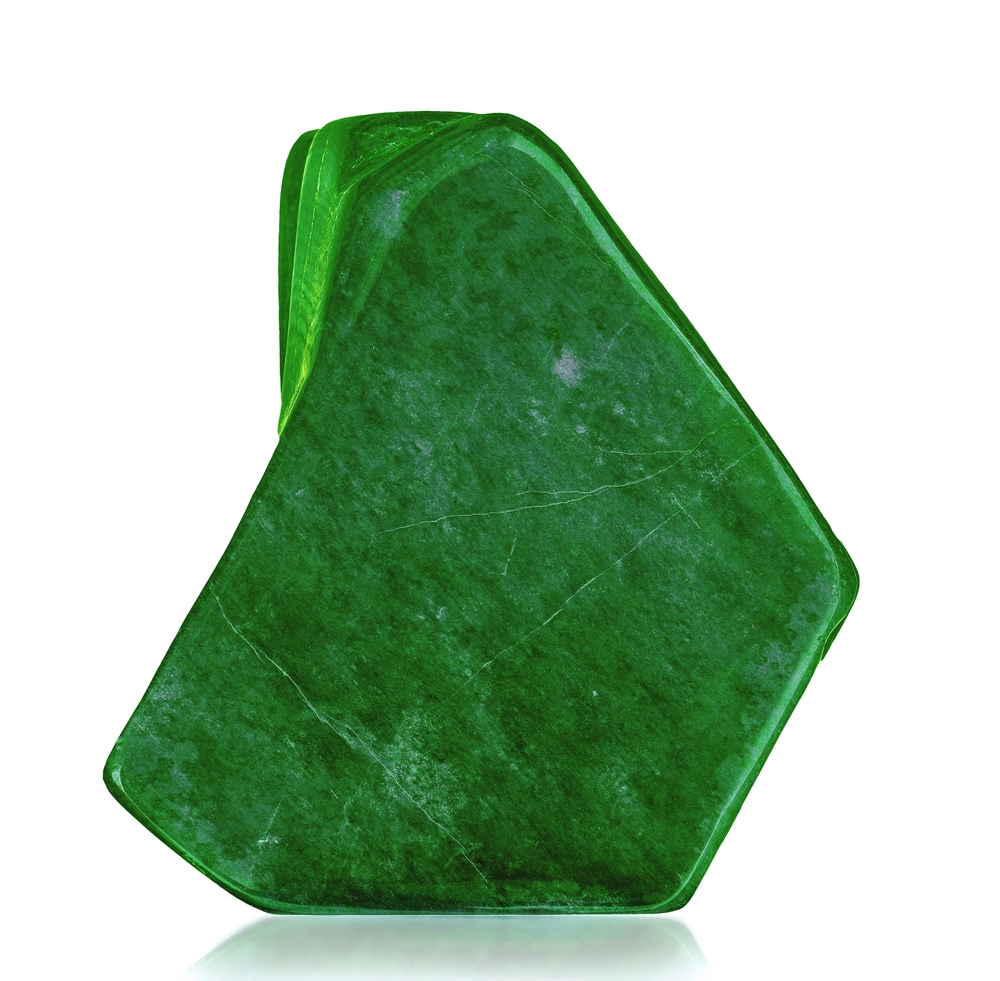
Jadeite, the most valuable form of jade, is prized for its brilliant green color and exceptional hardness. Found primarily in Myanmar, it is rarer than nephrite, another form of jade, and has long been considered a symbol of wealth and status, particularly in Chinese culture. High-quality jadeite can sell for more than $1 million per carat, making it one of the most expensive gemstones in the world. Its rarity is attributed to the limited geological environments where it forms, primarily in Myanmar’s Kachin state. Although jadeite can also be found in Guatemala and Japan, the Myanmar material is considered the most valuable due to its vibrant color and translucency.
Paraiba Tourmaline
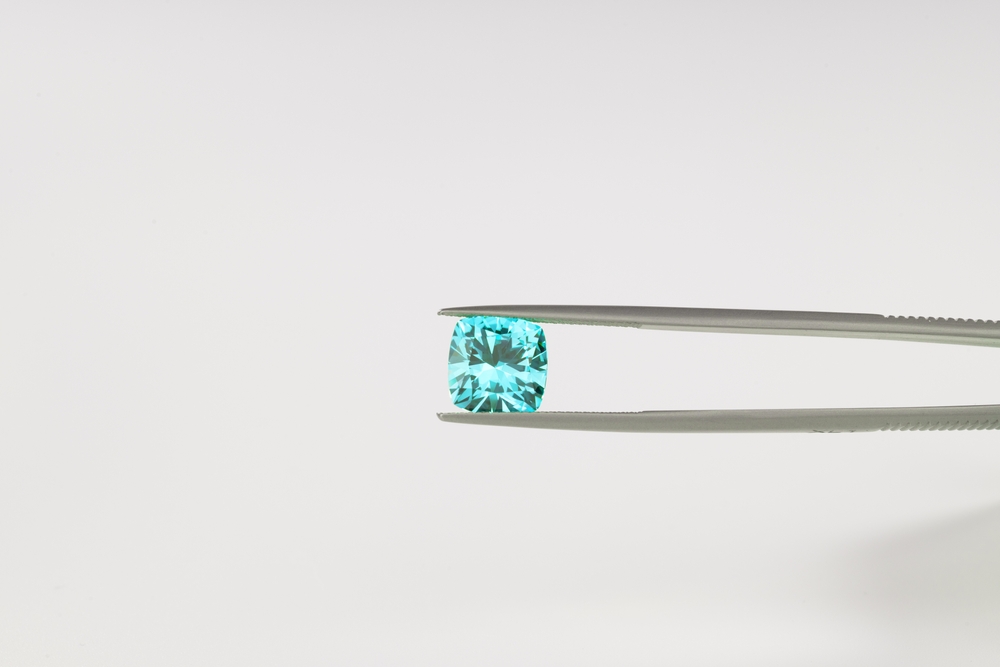
Paraiba tourmaline is a vivid blue-green gemstone first discovered in the Brazilian state of Paraiba in the 1980s. Its electric color, caused by trace amounts of copper, makes it one of the most desirable and rare tourmalines. Its rarity is due to the small size of the original deposit, which was quickly depleted. Prices for high-quality Paraiba tourmaline can exceed $50,000 per carat, particularly for stones with intense color and clarity.
Larimar
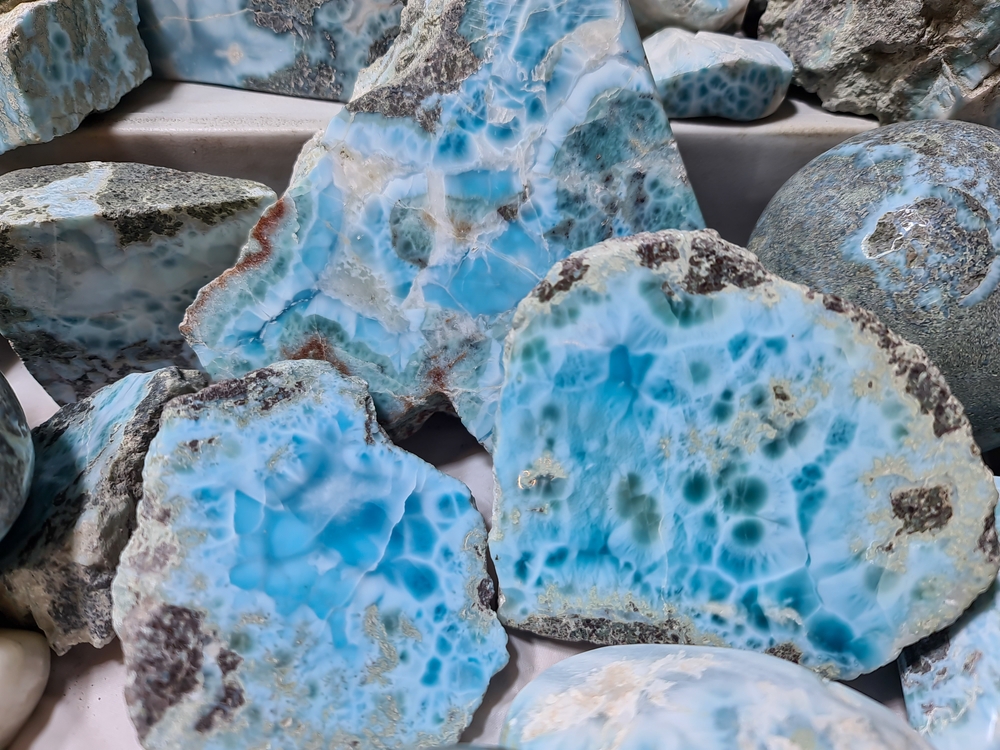
Larimar, a rare blue variety of pectolite, is found only in the Dominican Republic. Its unique color, reminiscent of the Caribbean Sea, comes from copper inclusions within the stone. Discovered in the 1970s, it quickly gained popularity for its soothing blue hues and relatively affordable prices. Depending on the quality and color saturation, it can range from $20 to $50 per carat. The stone is only found in one mine, which adds to its rarity and exclusivity. Because of its soft nature, it is primarily used in jewelry and is often polished into cabochons. The scarcity of larimar makes it a favorite among collectors and those who appreciate its connection to the sea.
Ammolite
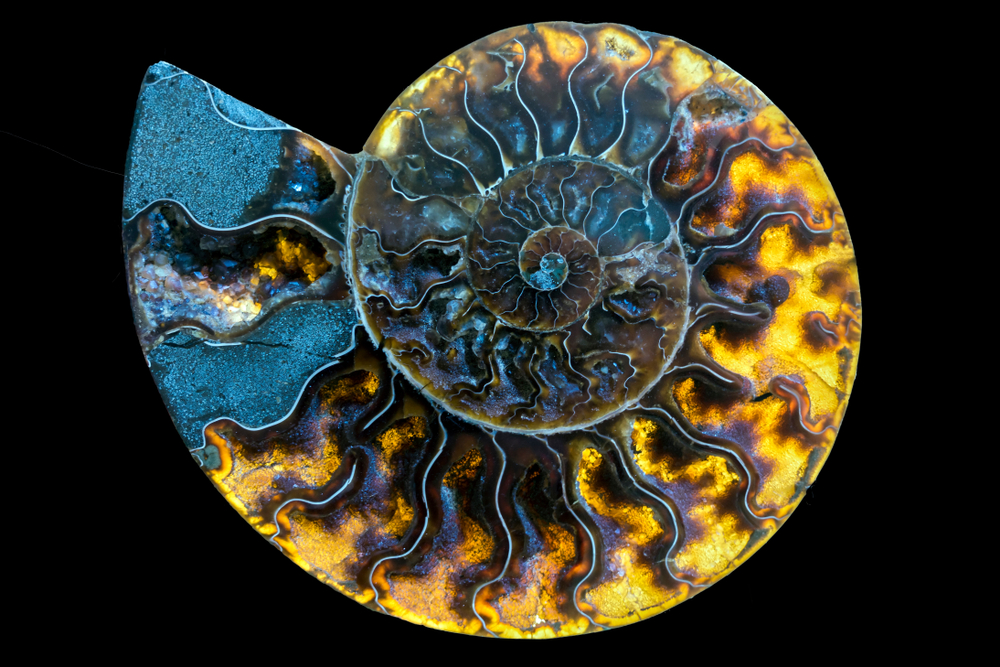
Ammolite is a rare, organic gemstone formed from the fossilized shells of ammonites, and it is only found in the Bearpaw Formation of Alberta, Canada. This gemstone displays a dazzling range of colors, from fiery reds to deep blues and greens. Its rarity stems from the fact that it forms under very specific conditions, and only a small percentage of fossilized ammonites are suitable for gemstone use. Prices for it can range from $200 to $2,000 per carat, depending on the color and quality of the stone. Due to its organic origin and limited supply, it is considered one of the rarest gemstones available today.
Tsavorite Garnet
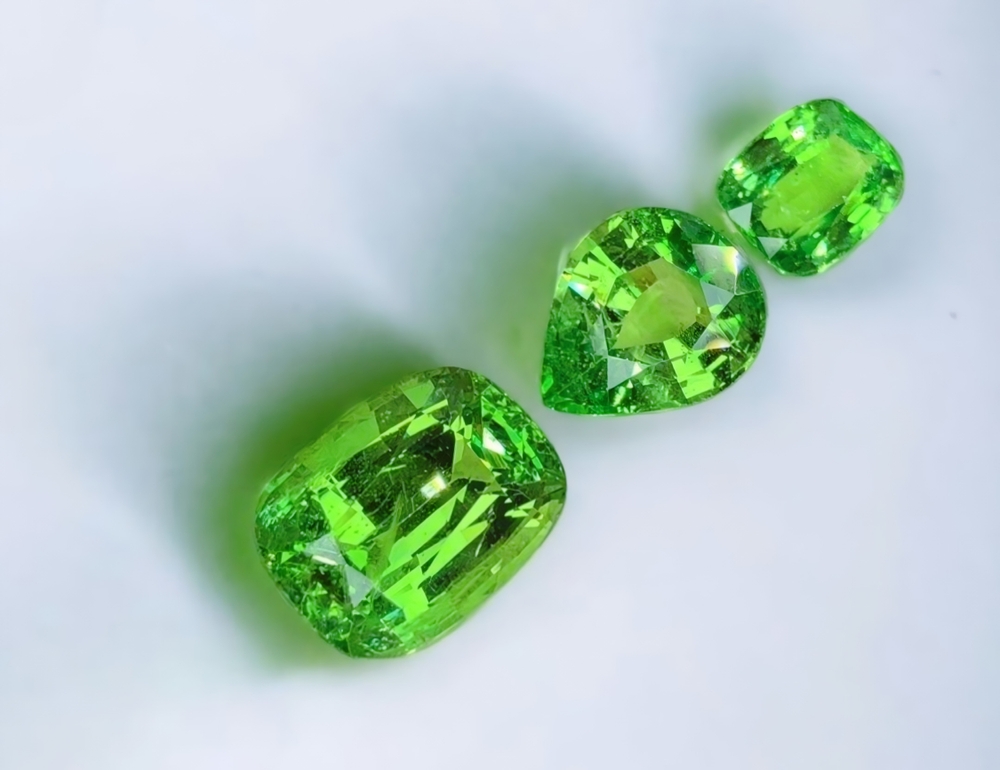
Tsavorite garnet is a brilliant green gemstone found primarily in the Tsavo region of Kenya, from which it takes its name. Discovered in the 1960s, it has become one of the most prized varieties of garnet due to its vivid color and brilliance. Prices for it can range from $500 to $5,000 per carat, depending on the size and clarity of the stone. Its rarity is due to the difficulty of mining in the remote areas where it is found. Although small amounts of tsavorite have been discovered in Tanzania, the Kenyan stones remain the most prized. Its intense green color and relative durability make it a popular choice for high-end jewelry.
This article originally appeared on Rarest.org.
More from Rarest.org
18 Rare Amphibians Found in the World`s Wettest Rainforests
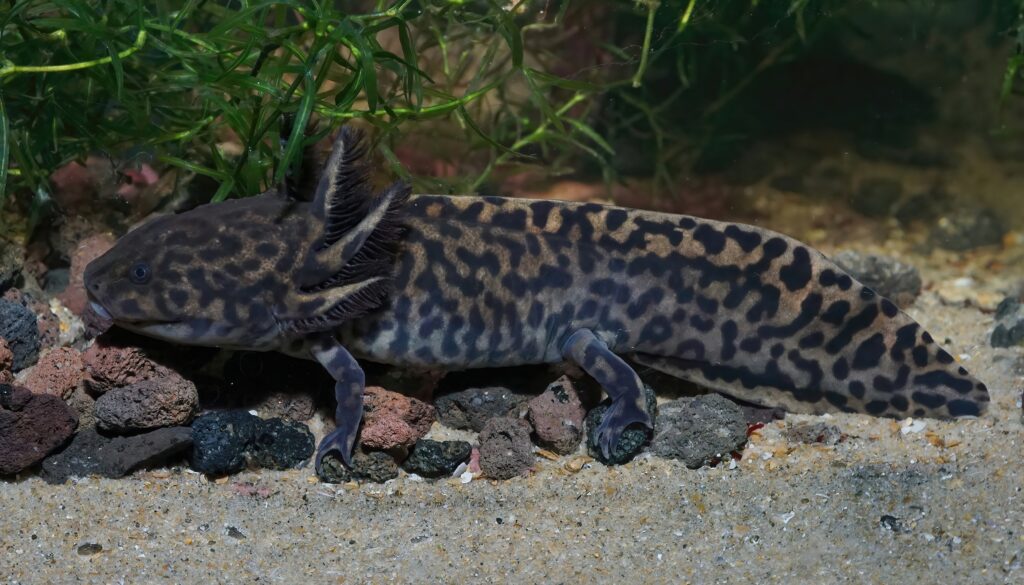
The world’s wettest rainforests are home to some of the most unique amphibians on the planet. These creatures have adapted to thrive in humid and dense environments, making them rare and fascinating. Read More.
21 Forest Plants That Thrive in Low-Light Conditions
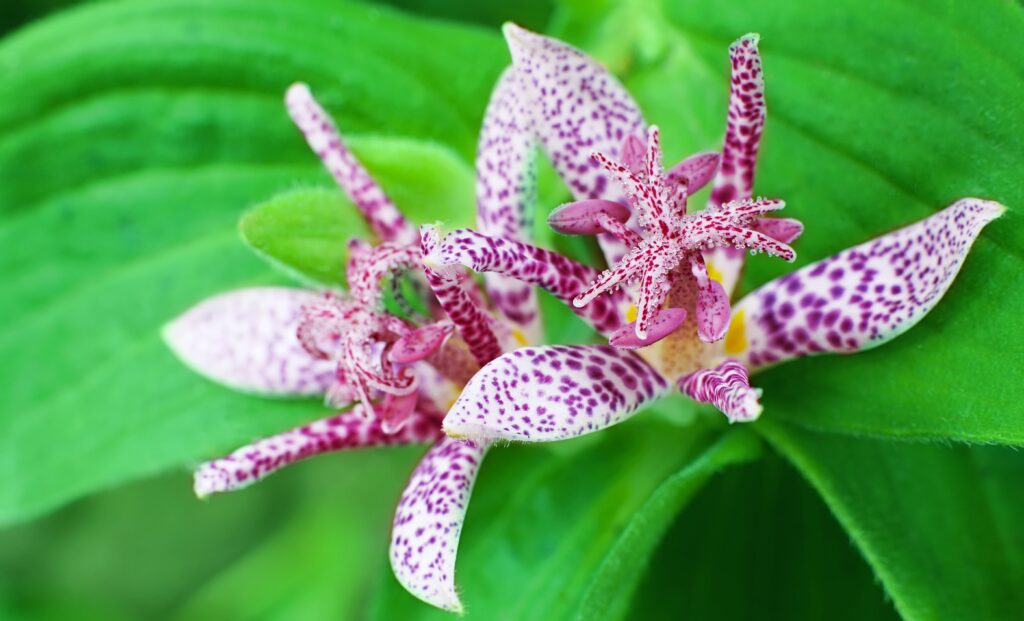
Forest floors are often shaded, but that doesn’t mean they’re barren. Many plants thrive in low-light conditions, adding greenery and life to the darkest corners of the woods. Read More.
18 Rare and Exotic Fruits You Can Grow at Home
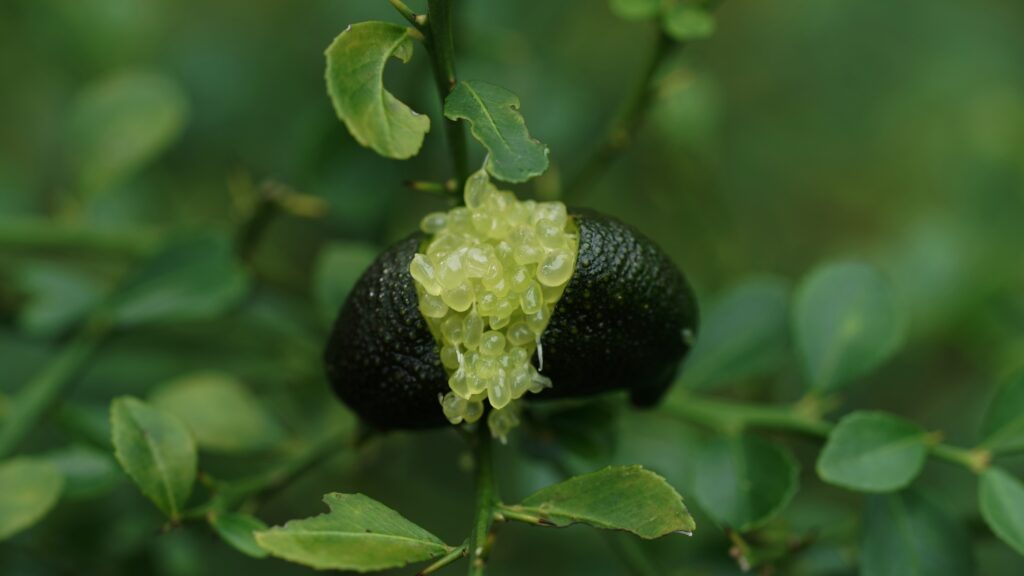
Growing your own exotic fruits at home is an exciting way to add rare flavors to your garden. Many of these fruits offer unique tastes that are hard to find in stores. Read More.
